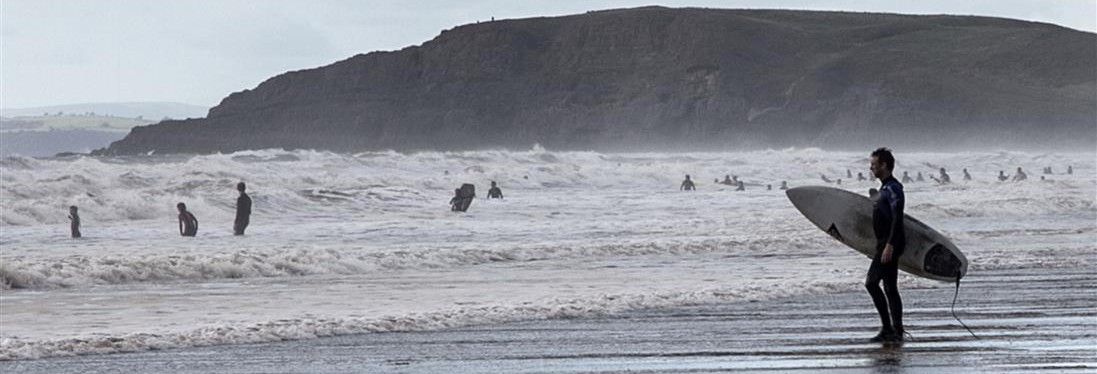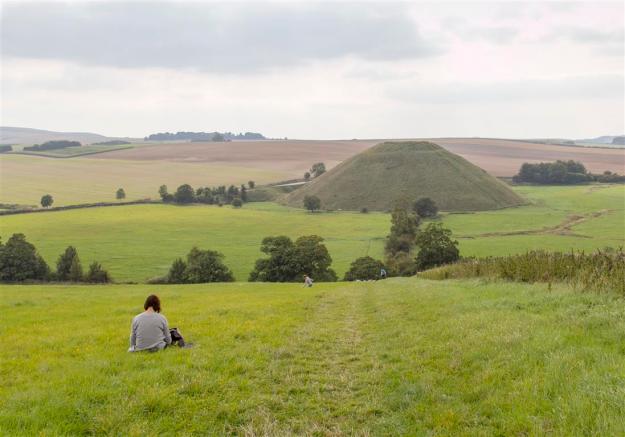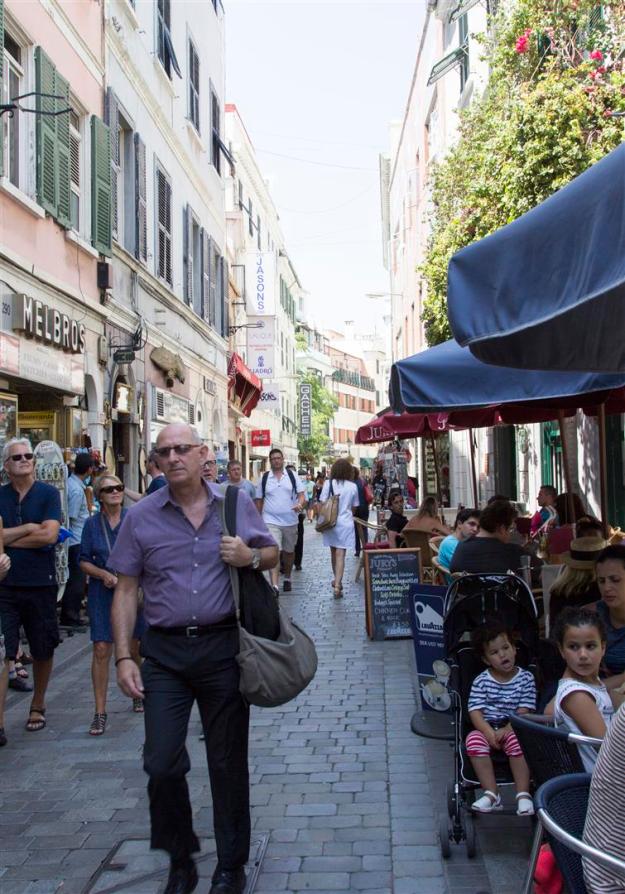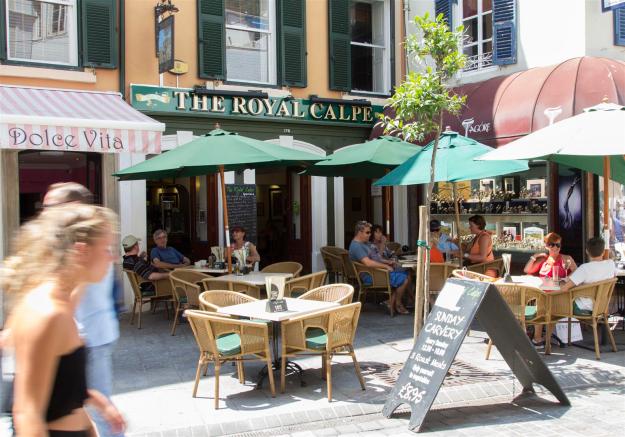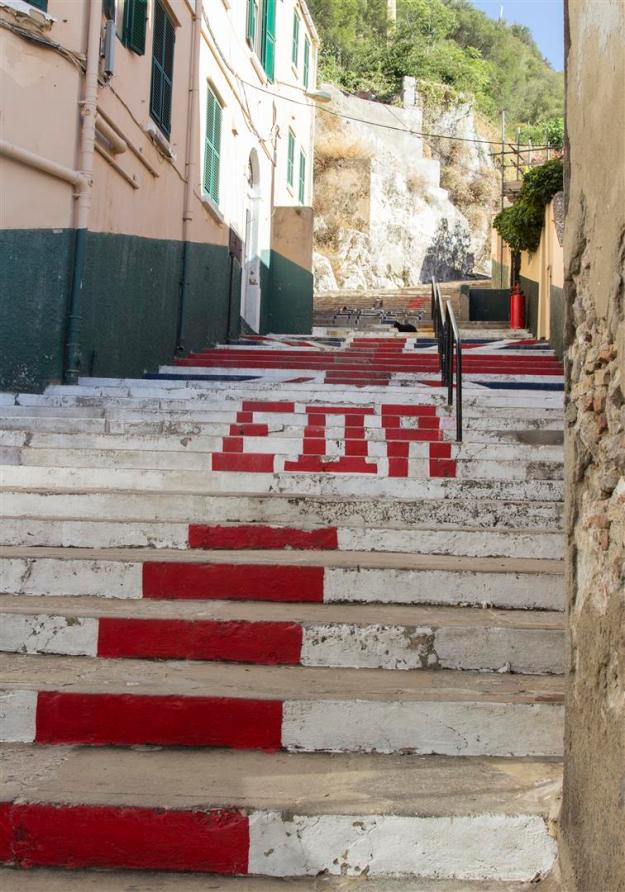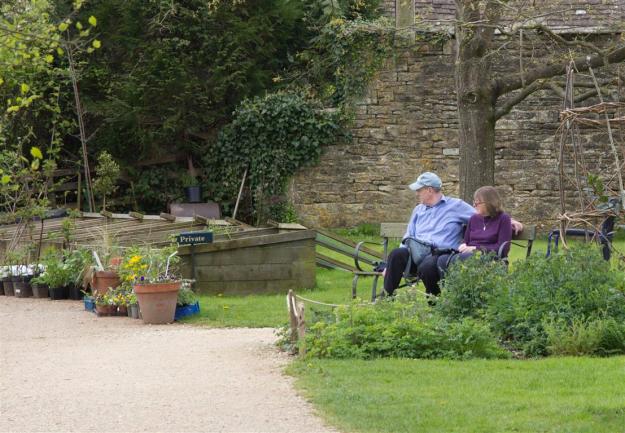The list of references that I consulted through out this course are shown below.
Angier, R. 2007. Train your gaze. Lausanne: AVA.
BBC.co.uk. 2010. BBC Weather. [online] Available at: http://www.bbc.co.uk/weather/ [Accessed: 23 May 2013].
Belan, M. 2013. Untitled. [online] Available at: http://blog.martinbelan.com/2013/08/how-to-photograph-a-civil-war-reenactment/ [Accessed: 27 Jun 2013].
Bown, J. 2000. Faces. London: Collins & Brown.
Browne, M. 2012. Don’t zoom – MOVE! Focal Length Explained. Available at: http://youtu.be/HG-vPzrEONM [Accessed: 30 July 2013].
Bryce S. Inbedwithsue.com. 2013. Sue Bryce Portrait | Australian Portrait Photographer of the Year 2011 & 2012. [online] Available at: http://www.inbedwithsue.com/home.php [Accessed: 16 Sep 2013].
Caruana, N. and Fox, A. 2012. Basics Creative Photography. 1000 Lausanne: Ava Publishing SA.
Cazillo, G. 2012. 50mm Prime Lens is NOT a Portrait Lens. Available at: http://youtu.be/nG1pN5Vic8E [Accessed: 30 July 2013].
Chippfolk.co.uk. 2013. Chippenham Folk Festival 2014. [online] Available at: http://www.chippfolk.co.uk/?s=home [Accessed: 15 May 2013].
Cleghorn, M. 2012. Portrait photography. New York: Pixiq.
Colberg, J. 2014. Conscientious | Review: Beyond Caring by Paul Graham (Errata Edition). [online] Available at: http://jmcolberg.com/weblog/2011/02/review_beyond_caring_by_paul_graham_errata_edition/ [Accessed: 20 Mar 2014].
dcworld. 2013. 21 street photography tips from the professionals | Digital Camera World. [online] Available at: http://www.digitalcameraworld.com/2010/03/26/21-street-photography-tips-from-the-professionals/ [Accessed: 15 Aug 2013].
Denison, S. (2014). Simon Denison Photography. [online] Simondenison.co.uk. Available at: http://www.simondenison.co.uk/8.html [Accessed 3 Oct. 2014].
DigitalRev TV. 2012. Street Photography Do’s and Don’ts. Available at: https://www.youtube.com/watch?v=In5sR-tUhCM [Accessed: 15/08/2013].
Falconer, M. 2012. Why your five year old could not have done that. London: Thames & Hudson.
Fawcett, K. (2014). Europe’s Landscape Is Still Scarred by World War I. [online] Smithsonian. Available at: http://www.smithsonianmag.com/arts-culture/europe-landscape-still-scarred-world-war-i-180951430/?no-ist [Accessed 2 Oct. 2014].
Fusco / Magnum Photos, P. 1968. Robert Kennedy Funeral Train 1968. [image online] Available at: http://mediastore.magnumphotos.com/CoreXDoc/MAG/Media/TR3/d/8/e/2/NYC2635.jpg [Accessed: 15/05/2013].
Gampat, C. (2014). Bill Wadman’s Portraits in a Corner Series. [online] The Phoblographer. Available at: http://www.thephoblographer.com/2014/09/03/bill-wadmans-portraits-corner-series-shows-commitment-idea/#.VAiIihb7BnQ [Accessed 4 Sep. 2014].
Gee, M. 2014. 3am at The Gap. [image online] Available at: http://www.kiweye.co.nz/wp-content/uploads/Mark-Gee-3am-At-The-Gap.jpg [Accessed: 3 Apr 2014].
Gonzalez-Torres, F. 1990. “Untitled” (USA Today). [image online] Available at: http://www.moma.org/collection/browse_results.php?criteria=O%3AAD%3AE%3A2233&page_number=4&template_id=1&sort_order=1 [Accessed: 6 August 2013].
GowerLive. 2013. Swansea Tide Times. [online] Available at: http://www.gowerlive.co.uk/swansea-tide-times?field_tides_date_value%5Bvalue%5D%5Bdate%5D=2013-08-26 [Accessed: 5 Sep 2013].
Graham, P. (2014). Paul Graham Archive. [online] Available at: http://paulgrahamarchive.com/troubledland.html [Accessed 1 Oct 2014].
Graham, P. 2014. Paul Graham Archive. [online] Available at: http://www.paulgrahamarchive.com/beyondcaring.html [Accessed: 18 Mar 2014].
Hirst, D. 1995. Beautiful, pop, spinning ice creamy, whirling, expanding painting. [image online] Available at: http://www.damienhirst.com/beautiful-pop-spinning-ice-c [Accessed: 6 August 2013].
Hodge, S. 2012. Why your five year old could not have done that. London: Thames & Hudson.
Hunter, F., Biver, S. and Fuqua, P. 2007. Light–science & magic. Boston: Focal Press.
Kelby, S. 2010. The digital photography book Vol 2. [Berkeley, Calif.]: Peachpit Press.
Kelby, S. 2012. The digital photography book Vol 4. Berkeley, Calif.: Peachpit.
Kim, E. 2013. Eric Kim Street Photography. [online] Available at: http://erickimphotography.com/blog/category/street-photography-tips/ [Accessed: 15 Aug 2013].
Lopez, N. PetaPixel. 2013. In Defense of Telephoto Lenses for Street Photography. [online] Available at: http://petapixel.com/2012/11/11/in-defense-of-telephoto-lenses-for-street-photography/ [Accessed: 13 Sep 2013].
Ltd, M. 2012. Battle Re-Enactment Photography. [online] Available at: http://www.ephotozine.com/article/battle-re-enactment-photography-13905 [Accessed: 27 Jun 2013].
Magnumphotos.com. 2013. Magnum Photos Photographer Portfolio. [online] Available at: http://www.magnumphotos.com/C.aspx?VP3=CMS3&VF=MAGO31_10_VForm&ERID=24KL535353 [Accessed: 27 Jun 2013]
McKenna F. PetaPixel. 2013. The Top 8 Reasons Why I’m a Big Believer in 35mm Lens Photography. [online] Available at: http://petapixel.com/2013/05/16/the-top-8-reasons-why-im-a-big-believer-in-35mm-lens-photography/ [Accessed: 15 Sep 2013].
Naryškin, R. 2012. Street Photography Tips for Beginners. [online] Available at: http://photographylife.com/street-photography-tips-for-beginners [Accessed: 15 Aug 2013].
Page, T. 1995. Tim Page’s NAM. New York: Thames and Hudson.
Pepper, T. and Beaton, C. 2004. Beaton portraits. London: National Portrait Gallery.
Photography Community Blog. 2013. 5 Street Photography Tips « Stack Exchange Photography Blog. [online] Available at: http://photo.blogoverflow.com/2012/09/5-street-photography-tips/ [Accessed: 13 Sep 2013].
Short, M. 2011. Basics creative photography 02. Lausanne: AVA Academia.
Sulonen P. Prime-junta.net. 2013. Mastering Wide-Angle. [online] Available at: http://www.prime-junta.net/pont/How_to/m_Mastering_Wide-Angle/m_Mastering_Wide-Angle.html [Accessed: 13 Sep 2013].
Thein, M. 2012. Basic street photography techniques. [online] Available at: http://blog.mingthein.com/2012/11/04/basic-street-techniques/ [Accessed: 15 Aug 2013]
Trotter, A (2010) Guidance for Photographers dated 26 Aug 2010. Association of Chief Police Officers of England, Wales and Northern Ireland. [online] Available from http://www.lcpu.org/docs/2011/ACPO%20Letter%20Photo%20Law%200810.pdf [Accessed: 15 Sep 2012]
Unsworth, K. 2014. Paul Graham- Beyond Caring. [online] Available at: http://kunsworthphotography.wordpress.com/2014/02/06/paul-graham-beyond-caring/ [Accessed: 18 Mar 2014].
Waite, C. (2014). Gallery of Charlie Waite’s Landscape Photography. [online] Charliewaite.com. Available at: http://www.charliewaite.com/gallery [Accessed 2 Oct. 2014].
Watson, P. (2014). Award winning UK landscape photographer Peter Watson. [online] Peterwatson-photographer.com. Available at: http://www.peterwatson-photographer.com/ [Accessed 2 Oct. 2014].
Yon, M. 2013 Michael Yon – Online Magazine. [online] Available at: http://www.michaelyon-online.com/ [Accessed: 20 Jun 2013]. In particular http://www.michaelyon-online.com/gates-of-fire.htm
